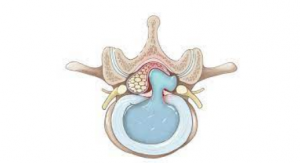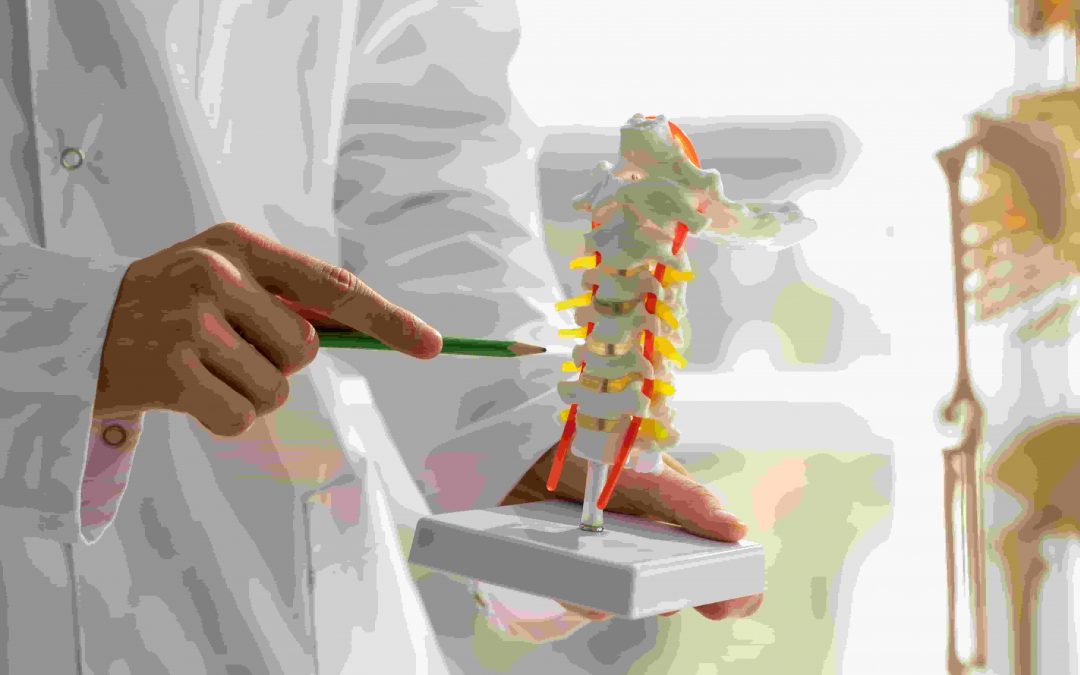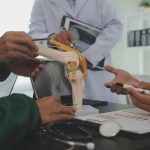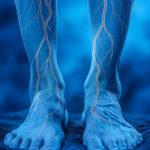How Disc Herniation Occurs: is a common spinal condition that can cause significant pain and discomfort. While chiropractors are well-versed in treating disc herniations, it’s essential to understand how they can occur in the first place. In this blog post, we will explore the mechanics of disc herniation and some risk factors associated with this condition.
What is Disc Herniation?
Often referred to as a slipped or bulging disc, occurs when the soft inner core of an intervertebral disc protrudes through the tough outer layer. This can lead to compression or irritation of nearby spinal nerves, resulting in pain, weakness, and other symptoms.
How Disc Herniation Occurs?
1. Age-Related Degeneration: As we age, the intervertebral discs lose moisture and become less flexible. This natural process, known as disc degeneration, weakens the discs and makes them more susceptible to herniation.
2. Trauma or Injury: Sudden, forceful movements or accidents, such as car crashes or heavy lifting without proper form, can cause disc herniation. The trauma can result in the inner disc material pushing through the weakened outer layer.
3. Repetitive Strain: Activities that involve repetitive motions, especiallythose that twist or bend the spine, can gradually wear down the discs over time. This repetitive strain can weaken the outer layers and increase the risk of herniation.
4. Poor Posture: Maintaining poor posture, especially for extended periods, can put excessive pressure on the spinal discs. This constant pressure can weaken the discs and contribute to herniation.
5. Smoking: Smoking has been linked to decreased blood flow to the discs, reducing their ability to repair and regenerate. Smokers may be at a higher risk of disc herniation.
6. Genetics: Some individuals may have a genetic predisposition to disc herniation due to the structure of their spinal discs. If your family has a history of disc issues, you may be more susceptible.
7. Excess Body Weight: Being overweight or obese places added stress on the spine, increasing the risk of disc herniation, particularly in the lower back.
Preventing Disc Herniation
While some risk factors are beyond your control, there are steps you can take to reduce your risk of disc herniation: 1. Maintain a healthy weight to reduce spinal stress. 2. Practice good posture and ergonomics, especially during prolonged sitting or lifting. 3. Stay active and engage in regular exercise, focusing on core strength and flexibility. 4. Avoid smoking or seek assistance to quit. 5. Be cautious during activities that involve heavy lifting or repetitive movements. 6. Consider chiropractic care for spinal health maintenance.
Chiropractic Care for Disc Herniation
Chiropractors play a crucial role in managing and treating disc herniation. Through non-invasive techniques like spinal adjustments, they can help alleviate pain, improve mobility, and promote the body’s natural healing processes. Chiropractic care can also provide guidance on posture, ergonomics, and lifestyle modifications to prevent future herniations.

Conclusion
Understanding how disc herniation occurs is the first step in preventing this painful condition. By making informed lifestyle choices and seeking chiropractic care when needed, you can reduce your risk of disc herniation and enjoy a healthier, pain-free spine. If you suspect you may have a disc herniation or are concerned about your spinal health, consult with our office!
Please feel free to reach out at 813-994-0151.
Visit our address at 20433 Bruce B Downs Blvd, Wesley Chapel, FL 33647, or learn more at our website: https://wesleychapelspineandsportsmedicine.com/































